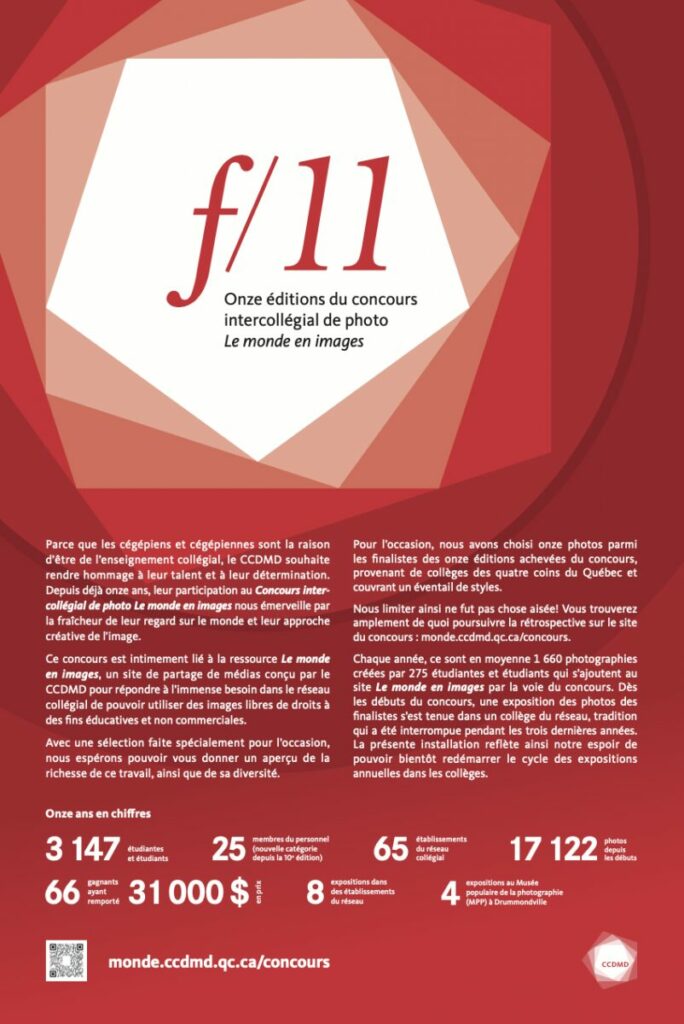
This exhibition allowed us to highlight the intercollegiate contest in a much-anticipated face-to-face format.
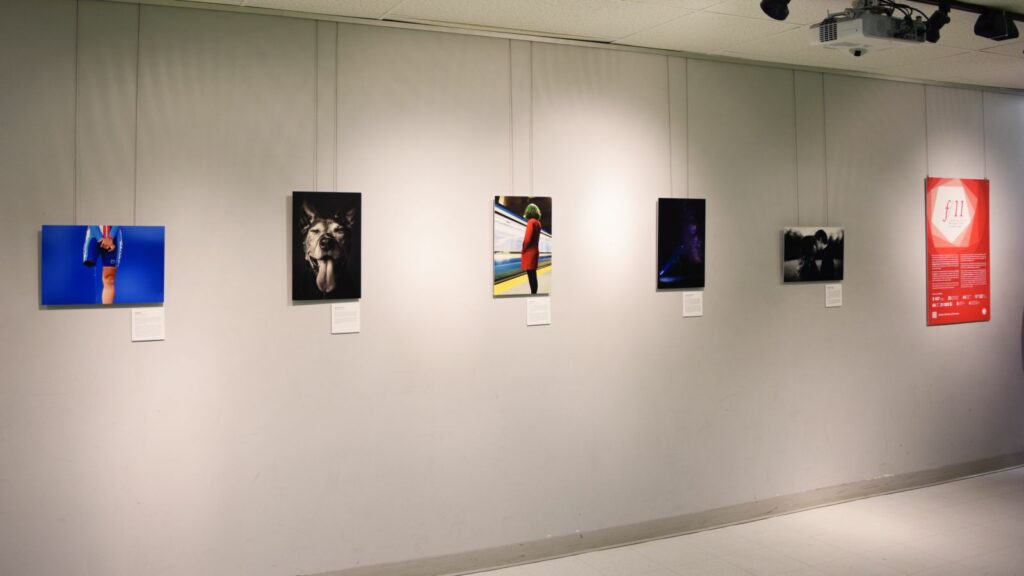
To better discover all the photos of this exhibition, here is the chronological list of the exhibited photos with their description, as well as a hyperlink to their page on the World of Images website:
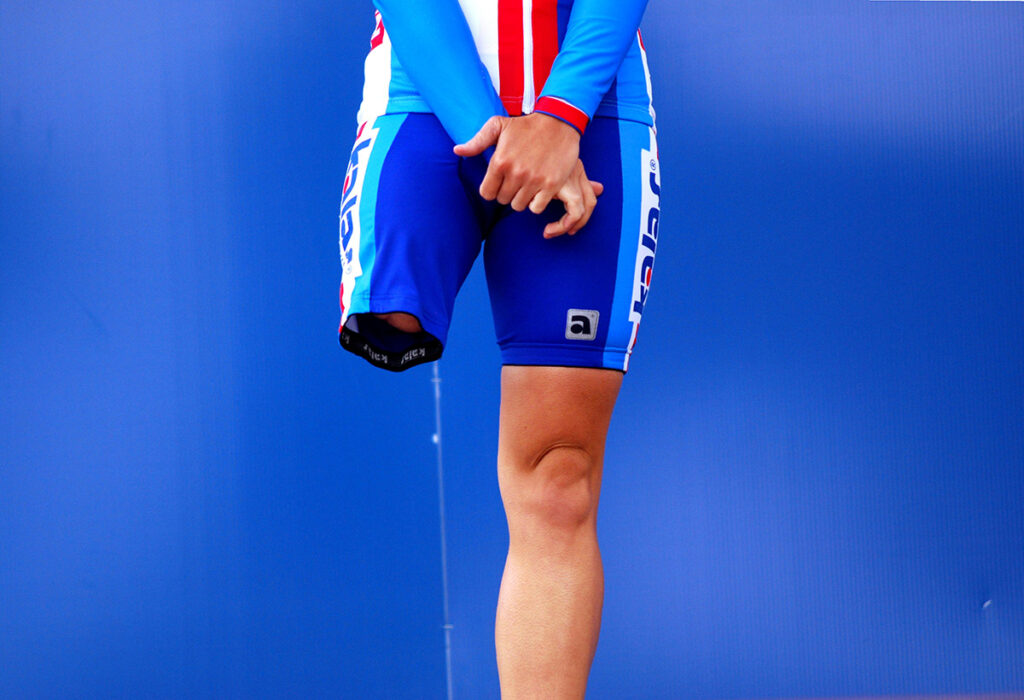
Podium
Marie-Michèle Côté, Cégep de Baie-Comeau.
Winner of the inaugural first prize!
At the awards ceremony, all finalists are invited so as to maintain the suspense. But photographer Marie-Michèle Côté suspected something when we insisted on helping her make the trip from Baie-Comeau to Montreal…
Bernard Brault, photographer at La Presse and honorary president of the jury, stressed the importance of the unedited, frontal gaze: the photographer could have erased the white line behind the athlete for aesthetic reasons, but this would have been contrary to the journalistic approach implicit in this image. This photo won first prize for its combination of honesty, impact and attention to detail (such as the position of the hands), which won unanimous acclaim from the jury.
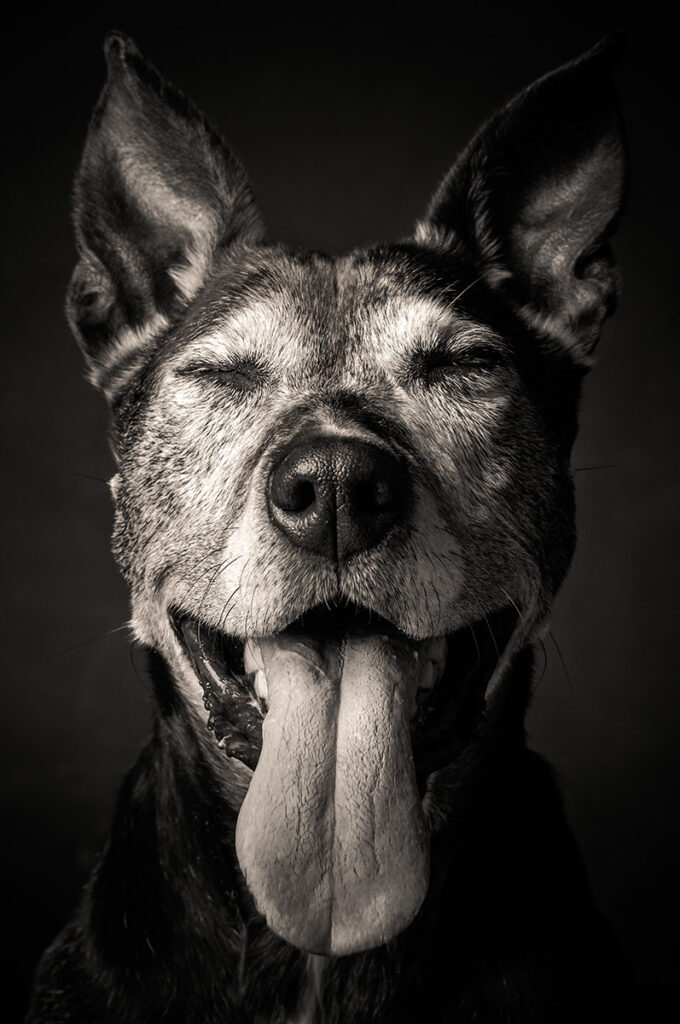
Sourire canin
Isabelle Gadbois, Collège Dawson.
2012–2013 Edition, Jury special mention.
Not all snapshots are clichés. We’ve passed over many photos of pets over the years, but not because we lack a fondness for furry four-legged friends or singing birds. Like a good human portrait, this photo is an encounter between a talented photographer and a visually rich subject. It’s a highly successful exercise in style that expresses a distinctive canine personality beyond the boundaries of language.
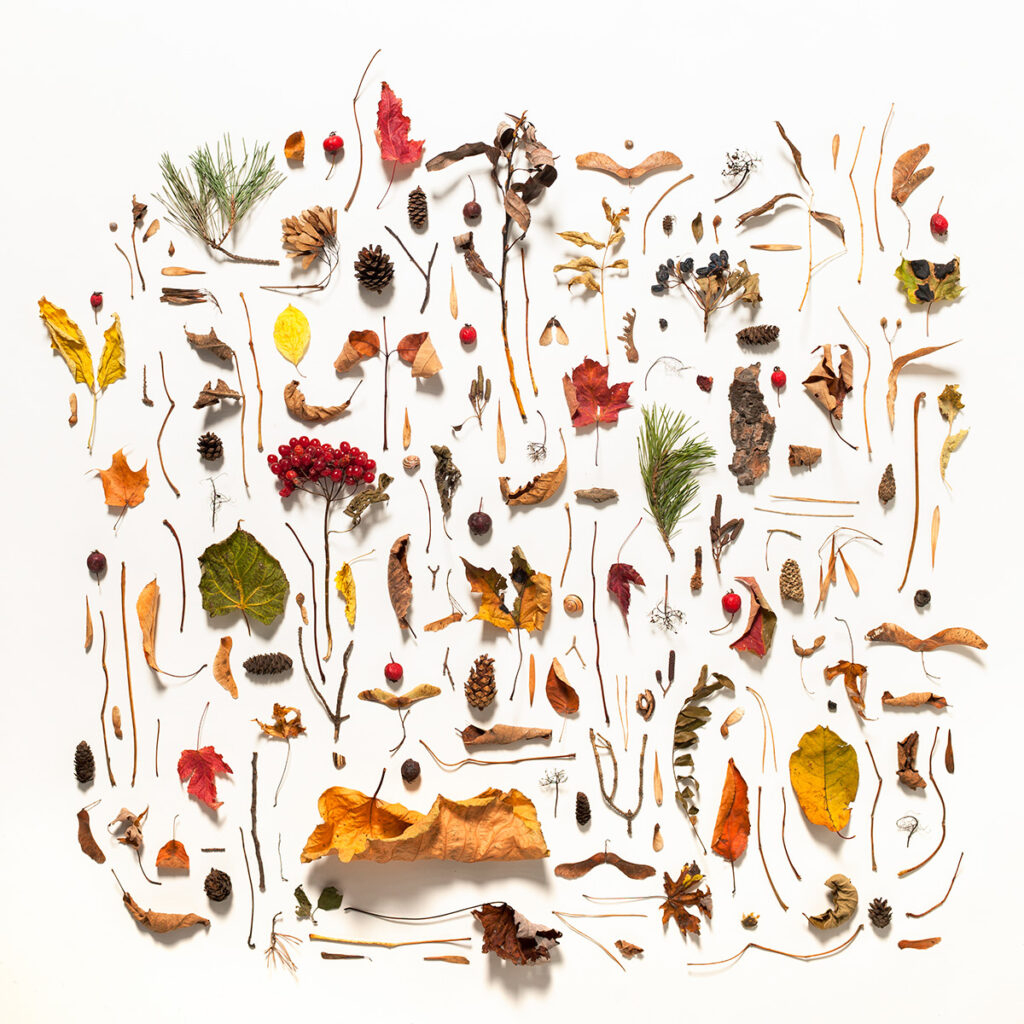
Naturalisme de la volonté
Simon Bernier-Bilodeau, Cégep du Vieux Montréal.
2013–2014 Edition, jury’s special mention.
Since the nineteenth century, photography has enabled building an enormous, unprecedented visual archive, of which the World of Images is one of the many modern incarnations. The magnitude of the contributions to the competition each year reminds us of the extent to which the medium involves selecting as much as taking pictures.
What we liked about this photo was how it used the patient, deliberate process of taking inventory rather than searching for a decisive moment to evoke fall. The image also reminds us that the archive affects our imagination as a whole rather than through its individual specimens. Similarly, the intercollegiate contest captivates us each year by bringing together a collection of high-quality images.

Premier amour
Cindy Melissa Boisvert, Cégep de l’Outaouais.
2014–2015 Edition, jury’s special mention.
Before photography, the term monochrome was used when an image was rendered in shades of a single color. When this color was black accompanied by shades of gray, it was referred to as grisaille, a term also associated with melancholy or sadness. The extraordinary variety of black-and-white images produced by photography has separated monochromy from grisaille, and it can express joy and first love in shades of gray.
One might expect digital technology and its vibrant colors would completely change this situation, but this photo proves that black-and-white photography remains a powerful, meaningful way to express oneself that each new generation embraces in its own way, much like a first love.
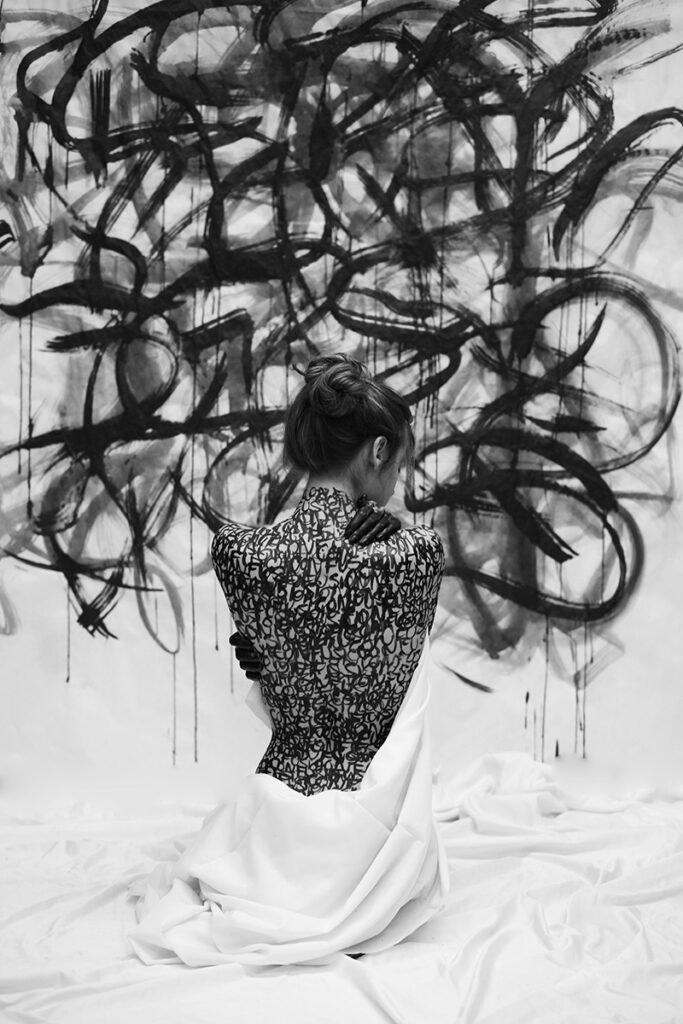
Confusion
Maude Girard, Cégep de Sherbrooke.
Model: Audrey Ayotte. 2015–2016 edition.
From the very beginning of the competition, we decided to impose basic restrictions on accepted photographic practices: the result is a happy coexistence of approaches and aesthetics.
This image illustrates the porous boundaries between drawing, calligraphy, body art, painting, and photography. The interplay of shapes and lines destabilizes the perspective on the image’s successive planes. When you decipher the shape of the letters, you find the word “confusion.”
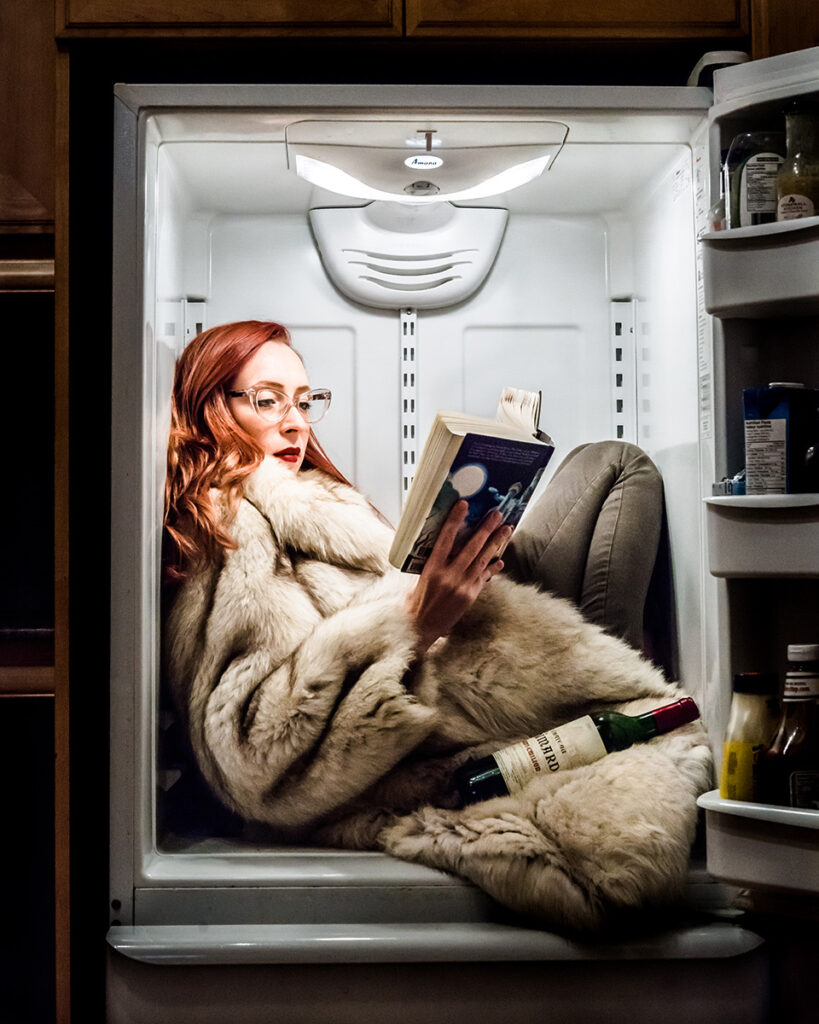
Lianne
Janika MacKinnon, Collège Marsan.
Model: Lianne Brochu. 2016–2017 edition.
Surrealism is sometimes a matter of a brief detour from a frequently trodden path. Making yourself comfortable with a book and a glass of wine at the right temperature, in baggy clothes, and under the perfect light, what could be better?
Using a refrigerator like that is surprising, but it invites us to reflect on the staging’s unusual logic. Is it a symbol of how hard it can be to maintain a comfortable environment? A practical compromise for an ideal temperature for both the reader and the bottle? A desire to withdraw into a cozy cocoon? The inexplicable can also be an explanation: photography excels at suggesting unconventional pairings.

Terminus
Kimberly Ersek, Cégep Lionel-Groulx.
2017–2018 edition.
Paradoxically, color has had difficulty gaining acceptance in photography due to the historical preponderance of black and white. One strategy that has brought color to the fore is treating it as an independent graphic element rather than just a simple property belonging to objects.
In this photo, each color occupies a well-defined area, a bit like the canvases of visual painters, such as Guido Molinari or Claude Tousignant, both of whom are Montreal symbols of modernity, as is the metro. The balance of chromatic masses is further enlivened by the image’s movement, and the model is rendered into fundamental forms by the role of color.
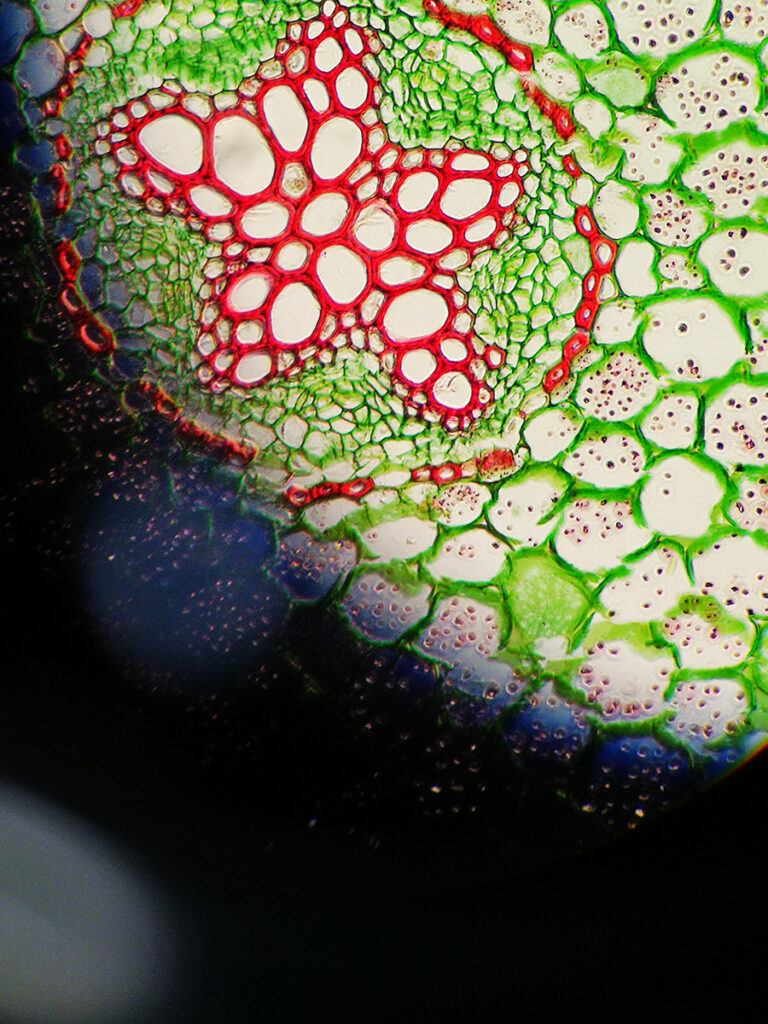
L’étoile de nos racines
Sara Thabet, Cégep de Bois-de-Boulogne.
2018–2019 edition.
Appreciating the elegance of natural forms, from the micro- to the macrocosm, is one of the many rewards of scientific work, and the connections between art and nature are a rich terrain for photography. For the German photographer Karl Blossfeldt, the structures of plants represented the “original form of art,” which is the literal translation of his 1928 book Urformen der Kunst (translated as Art Forms in Plants). His contemporary, the evolutionary biologist Ernst Haeckel, was interested in “art forms in nature” (Kunstformen der Natur, published in 1904).
Here, the photographer has clearly seen that when our gaze delves into our roots, we find that we are indeed stardust.
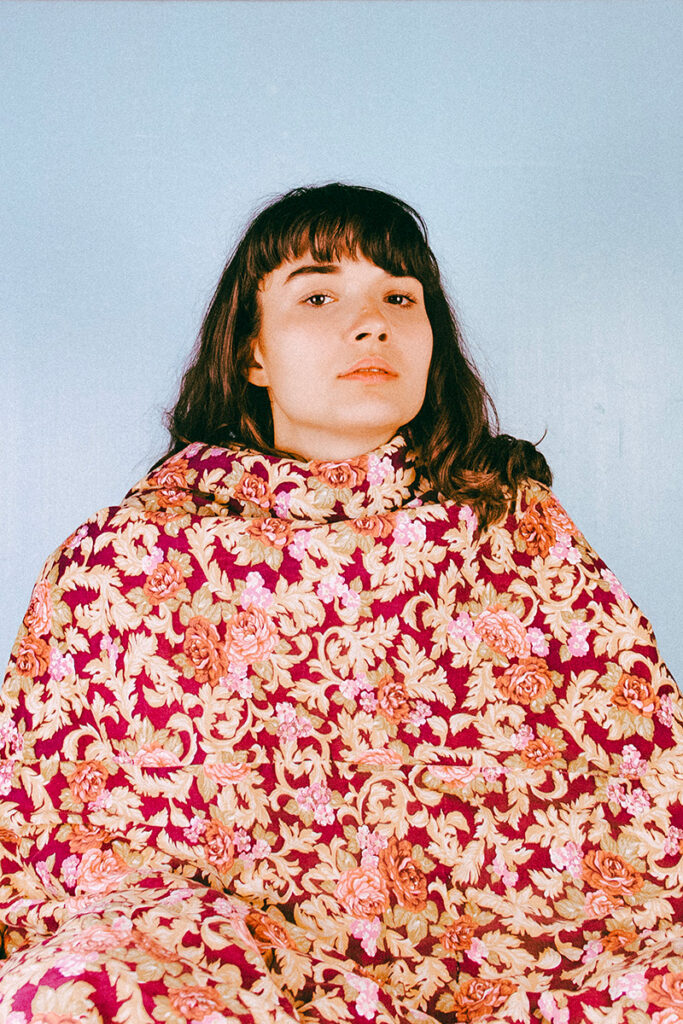
Reine
Guillaume Lessard, Cégep de Jonquière.
2019–2020 edition.
The fabric with vegetable motifs wrapped around the model comes to life with its vibrancy and imposing presence. This photo is both reassuring and unsettling in its simplicity and color scheme. The head seems to emerge from a carpet of printed plants and to be engulfed by it. Accordingly, the subject’s regal attitude suggests the power vested in a royal office, but also the burden this mantle places on the individual.

Le train qui file à toute allure
Zack Fex, Cégep de Saint-Jérôme.
2020–2021 edition.
Our understanding of motion owes as much to photography as it does to Newton’s calculations. While the latter mathematically formalized the motion of falling bodies, the former provided us with images that are impossible yet easily understandable.
The train, speeding like a streak of color smeared by an abstract painter’s palette knife across the stark, majestic landscape of the Rocky Mountains, is a pure product of the interaction between the image created by the lens and its capture on the photosensitive surface. The result convinces us to believe in high speeds, even though the photographer tells us that it actually was a rather leisurely train.
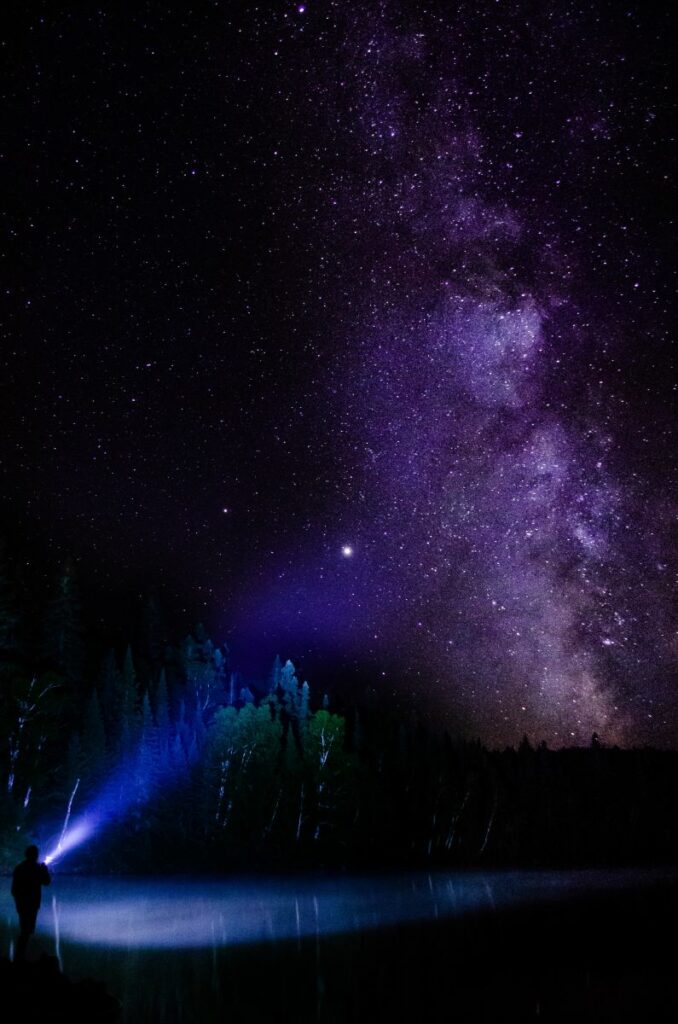
Faisceau de nuit
Manuel Podeur, Cégep de Limoilou.
2021–2022 edition, second prize.
We look at most photographs today in the same way we looked at slides in the days when film reigned supreme. A kind of infinite light table, the computer screen presents the image to us with backlighting, unlike a printed photograph, which is viewed under reflected light.
In this photo, we can detect the echo of the role of light in the dissemination of images: the entire galaxy appears in the beam as if the flashlight were projecting it. On the ground, a luminous reflection delineates the environment in the dark woods. This is an extremely successful photo for its magic and the light it sheds on our place in the universe.
We thank the students and alumni for participating in the contest and for agreeing to this exhibition.